Most people focus on paint color, but the finish or sheen can make or break how a room looks and feels.
I used to think sheen was just about shine, but it affects durability, cleanability, and even the mood of a space.
A flat wall hides flaws beautifully but won’t survive a spaghetti sauce splatter. A glossy trim exudes grace but reveals every dent. That’s why understanding the paint sheen chart is so crucial before picking up a brush.
It doesn’t matter if you’re painting a bathroom, bedroom, or kitchen cabinets; the right sheen does more than look good; it works hard, too.
In this guide, you’ll get a clear, room-by-room breakdown of each sheen so you can paint smarter, not just faster. Let’s walk through it all together.
What Is Paint Sheen and Why Does It Matter
Paint sheen refers to the level of gloss or shine a paint finish exhibits when dry.
This seemingly simple characteristic has a dramatic impact on both the appearance and performance of your paint job.
The sheen level is determined by the ratio of pigment to binder in the paint formula; more binder creates higher sheen, while more pigment results in lower sheen.
Understanding paint sheen is essential because it impacts durability, cleanability, and visual appeal.
Higher sheen paints reflect more light, making imperfections more visible but offering superior washability. Lower sheen paints hide surface flaws better but are more challenging to clean.
The key is matching the right sheen to your specific needs and room requirements.
The Complete Paint Sheen Breakdown
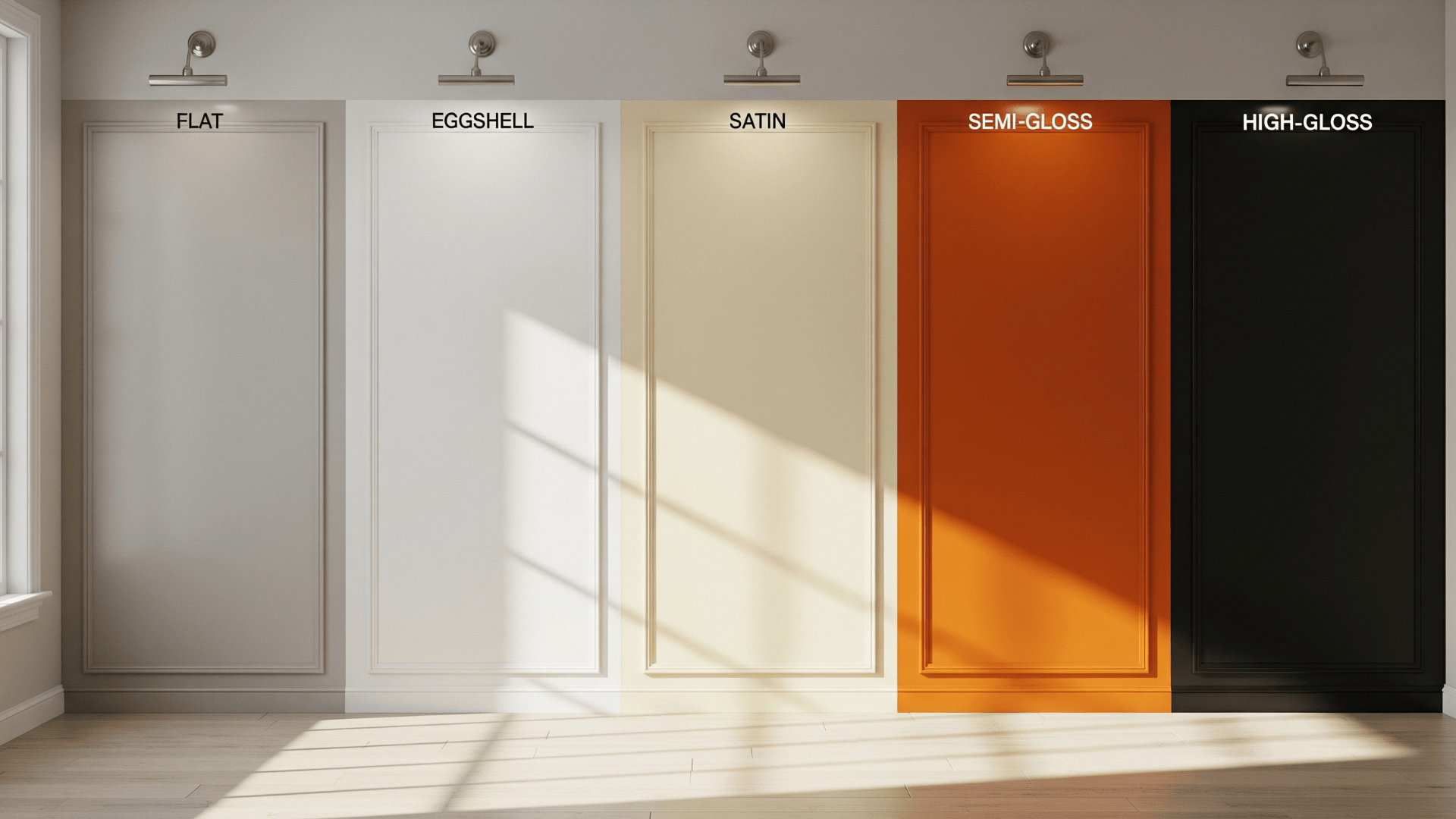
A paint sheen chart helps compare finishes based on gloss level, durability, and ideal use. Knowing these differences makes it easier to pick the right sheen for every room.
| SHEEN LEVEL | LIGHT REFLECTION | DURABILITY | BEST USE CASES |
|---|---|---|---|
| Flat/Matte | 0-5% | Low | Ceilings, low-traffic areas |
| Eggshell | 10-25% | Medium | Living rooms, bedrooms |
| Satin | 25-35% | Medium-High | Kitchens, bathrooms |
| Semi-Gloss | 35-70% | High | Trim, doors, cabinets |
| High-Gloss | 70-85% | Very High | Furniture, high-moisture areas |
Use this chart as a go-to reference before starting your next paint project.
Choosing the Right Paint Finish for Your Home
Selecting the right paint finish is crucial for both aesthetics and functionality. Each finish offers distinct advantages, so understanding their characteristics can help you achieve the perfect look for any room
1. Flat or Matte Finish
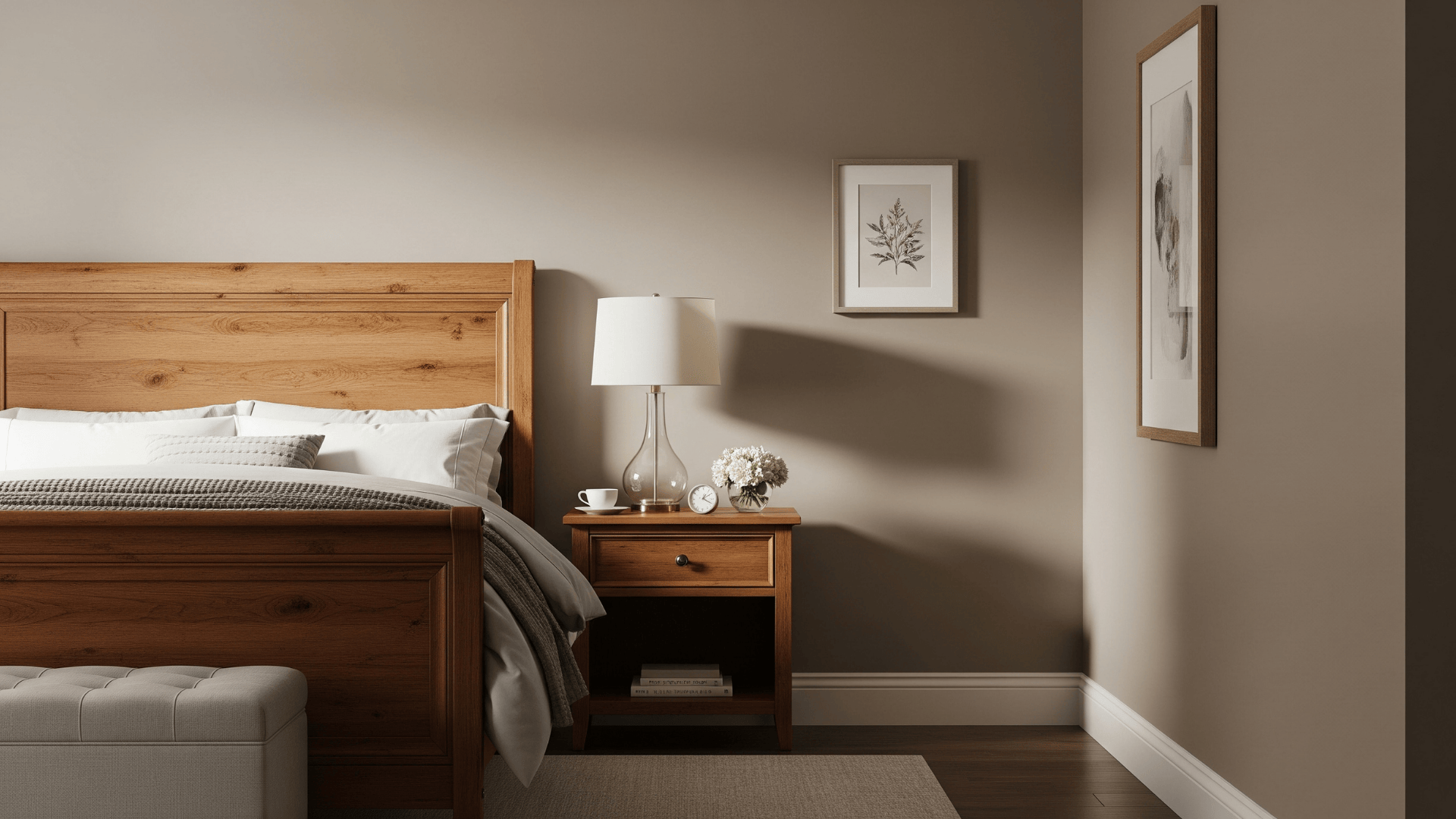
Flat or matte paint has no shine and creates a smooth, velvety look. While it provides a soft finish, it’s not easy to clean, so it’s better suited for calm spaces with minimal messes or heavy use.
When to Choose Flat Paint
Flat paint has become the go-to choice for covering imperfections on ceilings and walls.
This finish reflects minimal light, creating a smooth, uniform appearance that effectively conceals surface flaws such as nail holes, small cracks, and texture variations.
Flat paint works particularly well in bedrooms where you want a cozy, non-reflective surface that won’t create glare from artificial lighting.
Best Applications for Matte Paint
- Ideal for Low-Traffic Areas: Flat paint is perfect for ceilings, adult bedrooms, and other quiet spaces due to its lack of shine and smooth finish.
- Conceals Imperfections: Its non-reflective nature hides small wall flaws, dents, and texture variations, making it a great option for older walls.
- Creates a Warm, Calm Atmosphere: Flat paint adds a soft, serene feel to rooms, enhancing comfort and relaxation in quiet spaces.
- Best for Accent Walls: Matte finishes work beautifully on accent walls, where deep, rich colors appear more saturated without any glare.
- Perfect for Formal or Sophisticated Spaces: Matte paint lends a smart, worldly atmosphere to formal dining rooms, adult bedrooms, or any space aiming for a refined look
2. Eggshell Finish
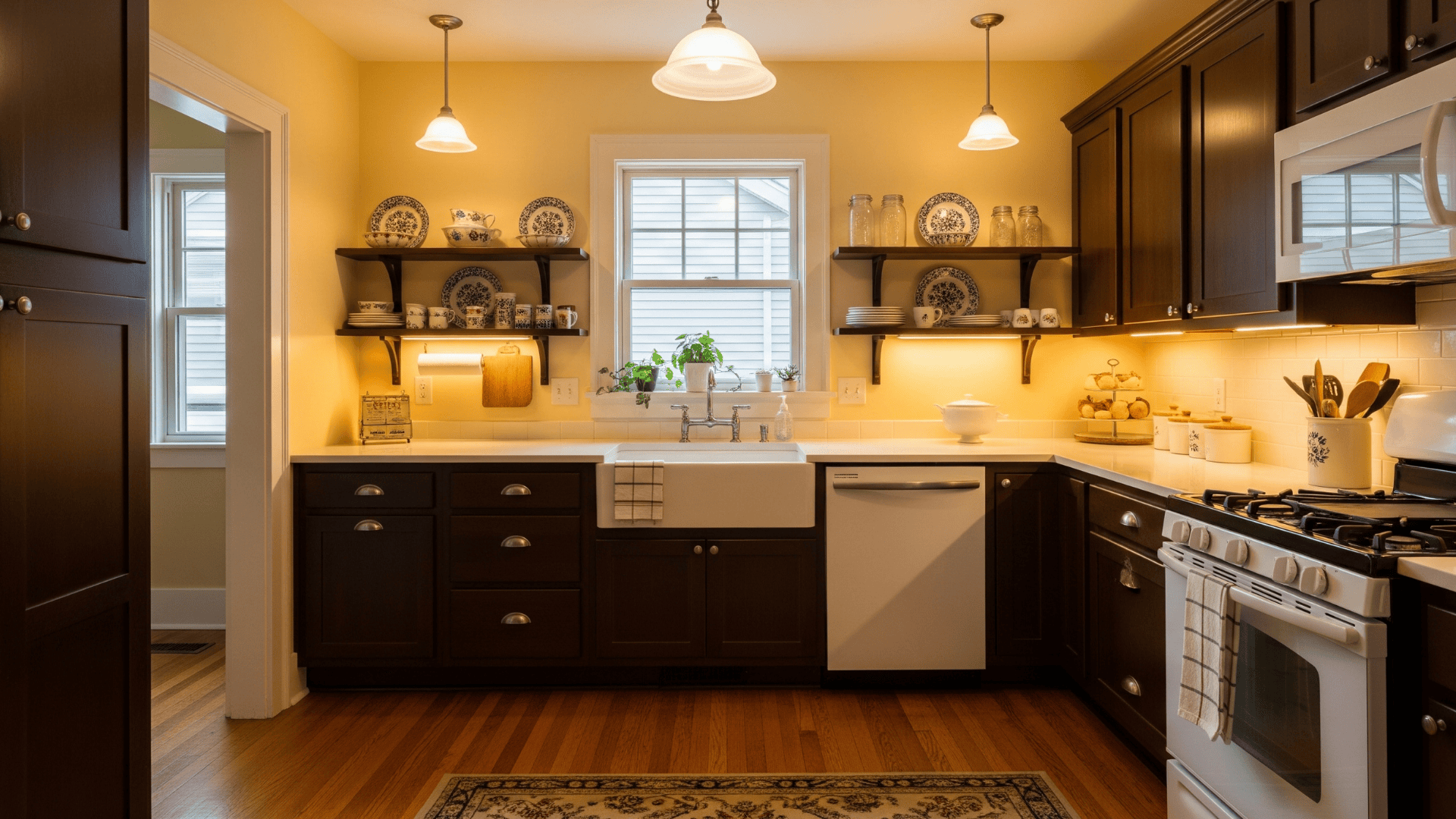
Eggshell paint offers a slight, soft sheen that sits between flat and satin finishes. It adds a touch of dignity without being too shiny, making it a favorite for moderate-use spaces.
When to Choose Eggshell Paint
It’s ideal for spaces where moderate use occurs, such as living and dining rooms, because it resists light scuffs better than flat paint while still hiding minor imperfections.
If you need something more durable than flat paint but don’t want the reflective surface of satin, eggshell provides the perfect balance of softness and strength.
It’s especially useful in areas that require a little more cleaning without compromising the warmth and inviting feel of the room.
Best Applications for Eggshell Paint
- Living Rooms: Perfect for adding warmth and depth to moderate-use areas without excessive shine.
- Dining Rooms: Works well where light wear occurs, offering a smooth, sophisticated appearance.
- Hallways: Ideal for areas with moderate foot traffic, as it’s more durable than flat paint.
- Bedrooms: Provides a comfortable and inviting atmosphere while still being easy to maintain.
- Accent Walls: Great for spaces where you want rich, deep colors with a soft, subtle glow.
- Moderate-Use Spaces: Excellent for rooms that need durability without the reflective finish of higher-sheen options.
3. Satin Finish
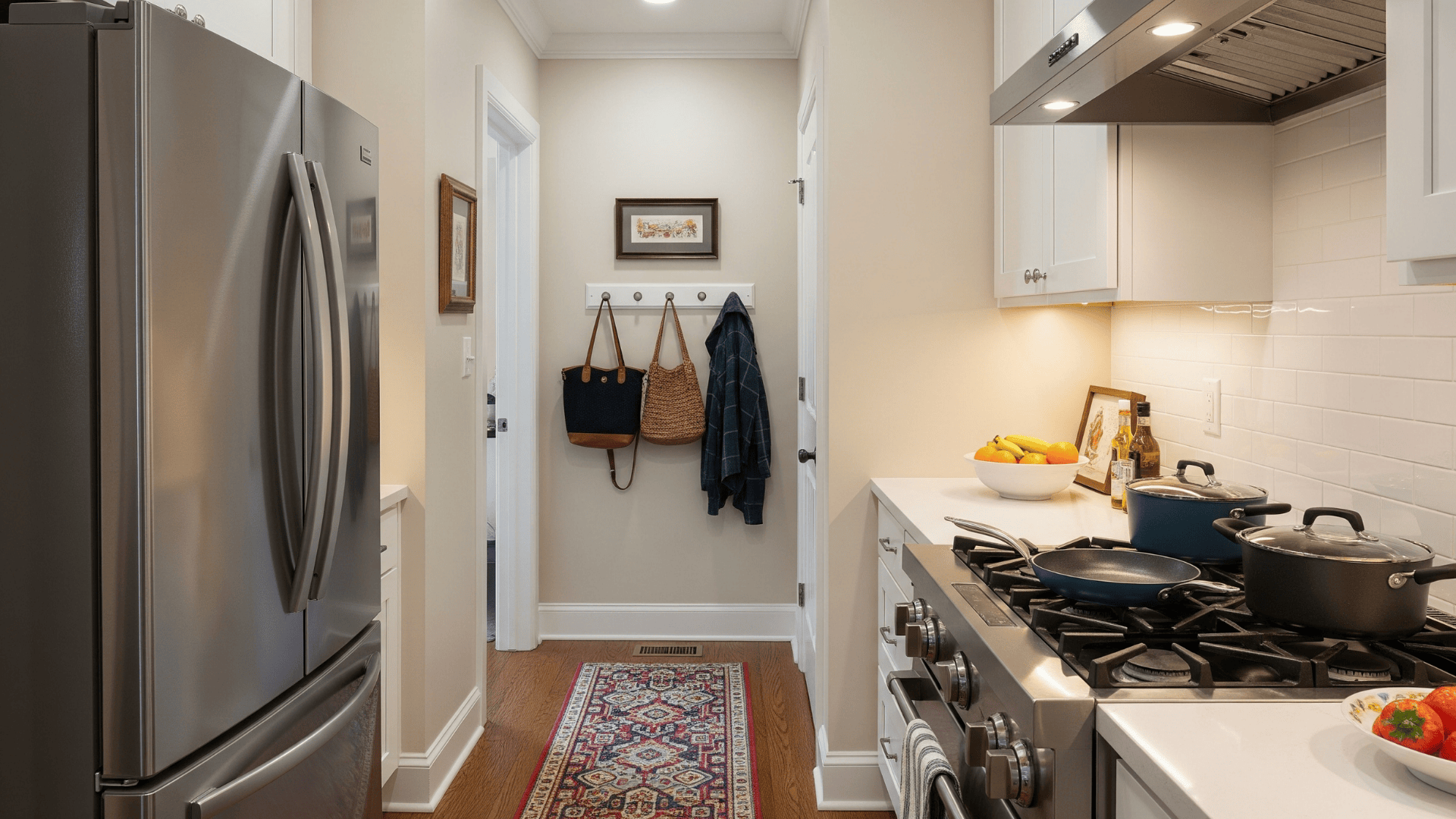
Satin finish offers a soft, silky appearance with a slight sheen that catches the light gently. It strikes a balance between style and function, making it suitable for areas that see moderate activity.
When to Choose Satin Paint
Satin paint is an excellent choice when you need a balance between durability and aesthetics. It offers a soft, silky appearance with a subtle sheen that adds a touch of elegance while being practical.
It’s a great option for spaces that need frequent cleaning but where you don’t want the high shine of semi-gloss or gloss finishes.
Satin is the go-to finish for areas that require regular maintenance but still need a stylish, polished look.
Best Applications for Satin Paint
- Kitchens: Ideal for high-traffic areas where spills and splatters are common.
- Hallways: Durable enough to handle the wear and tear of frequent foot traffic.
- Children’s Rooms: Perfect for spaces that require easy cleaning without the glossy finish.
- Bathrooms: Great for areas with moisture, as satin can handle humidity better than lower-sheen finishes.
- Living Rooms: Offers a subtle shine that brightens the room while maintaining a comfortable atmosphere.
- Moderate-Use Spaces: Works well in spaces where cleaning is needed but you want a less reflective finish than semi-gloss.
4. Semi-Gloss Finish
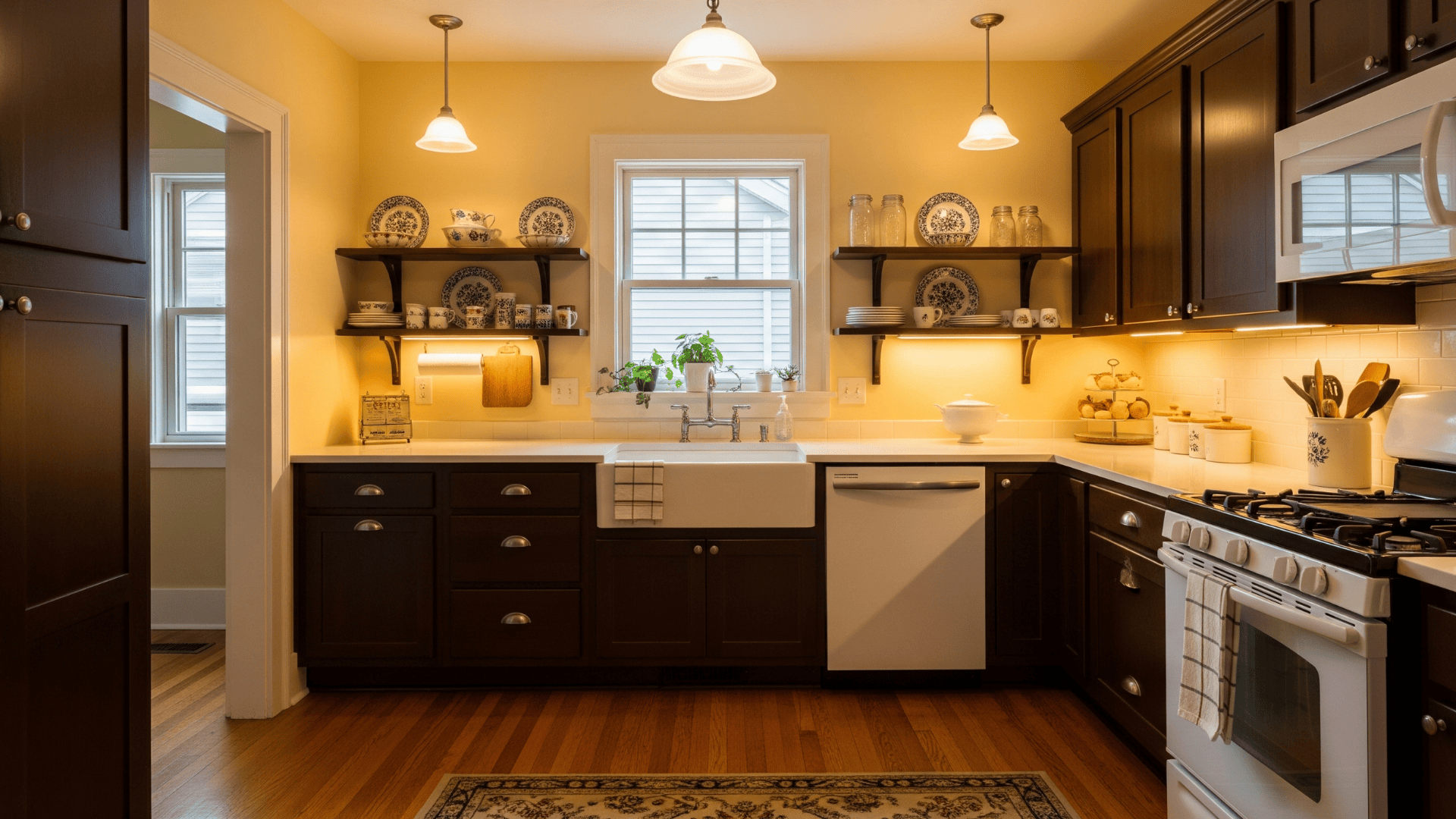
Semi-gloss paint offers a sleek finish with a noticeable shine that resists moisture and stains. It’s often chosen for surfaces that need frequent cleaning without sacrificing appearance.
When to Choose Semi-Gloss Paint
Semi-gloss paint is the best choice when you need a finish that combines durability with a noticeable shine.
It’s highly resistant to moisture and stains, making it ideal for high-traffic areas or spaces that require frequent cleaning, such as kitchens, bathrooms, and trim work.
Semi-gloss is perfect for surfaces that experience daily wear and tear but still need a polished, clean appearance. If you want a durable and easy-to-maintain finish with added shine, semi-gloss is the way to go.
Best Applications for Semi-Gloss Paint
- Trim and Molding: Ideal for highlighting architectural features with a shiny, durable finish.
- Doors: Perfect for adding a sleek, polished look to both interior and exterior doors.
- Kitchens: Resists grease and moisture, making it great for walls and cabinetry.
- Bathrooms: Works well on walls, ceilings, and cabinetry where moisture is prevalent.
- Laundry Rooms: Durable enough to withstand frequent cleaning and exposure to moisture.
- High-Traffic Areas: Great for spaces that experience heavy use, as it’s easy to clean and maintain.
5. Gloss and High-Gloss Finish
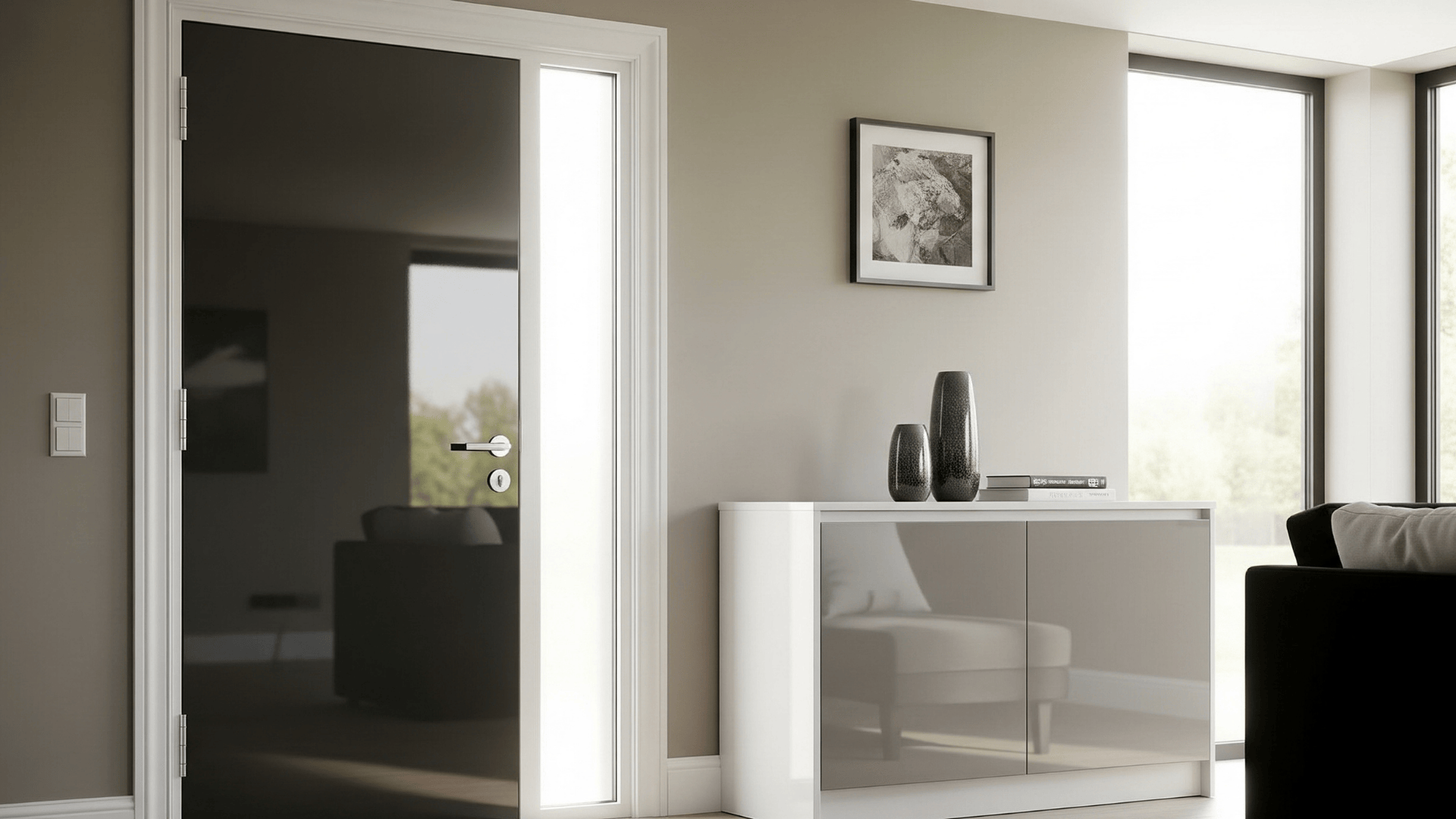
Gloss and high-gloss finishes offer a bold, sleek appearance with intense shine. These finishes are highly reflective and work well for creating standout features.
When to Choose Gloss and High-Gloss Paint
Gloss and high-gloss finishes are perfect when you want a bold, sleek, and shiny look.
These finishes provide maximum durability and moisture resistance, making them ideal for surfaces that experience heavy use and need frequent cleaning.
They reflect a lot of light, which can enhance details and make a statement in areas where you want to draw attention.
If you’re looking to create a standout feature or add a modern, polished feel to furniture, cabinetry, or doors, gloss and high-gloss finishes are the way to go.
Best Applications for Gloss and High-Gloss Paint
- Cabinets: Provides a polished, durable finish perfect for high-use kitchen or bathroom cabinets.
- Furniture: Ideal for creating a sleek, modern look on furniture pieces like chairs, tables, or shelves.
- Front Doors: Adds a bold, eye-catching shine that enhances curb appeal.
- Accent Features: Perfect for trim, moldings, or accent walls where you want maximum shine and attention.
- Detailed Millwork: Great for showcasing architectural details like baseboards, crown moldings, and window frames.
- High-Impact Areas: Works well in places that need frequent cleaning, like kitchens and bathrooms, due to its stain-resistant properties.
Common Paint Sheen Mistakes to Avoid
Several common mistakes can compromise the success of your painting project.
- Using flat paint in high-traffic areas can lead to premature wear and difficult maintenance, as flat finishes lack the durability required for frequent cleaning.
- Choosing high-gloss paint for large wall areas can create an overly reflective surface that highlights every imperfection and can be visually overwhelming.
- Mismatching sheen levels between walls and trim: Always ensure there’s enough contrast between wall and trim finishes to create proper visual separation and a professional appearance.
- Underestimating the importance of surface preparation: This is especially critical for higher sheen finishes that reveal every flaw, scratch, and imperfection.
- Ignoring how sheen affects color perception: Colors appear different in flat versus semi-gloss finishes, so test paint samples in your actual lighting conditions before making final decisions.
Final Thoughts
Choosing the right paint sheen is more than a design decision; it shapes how your space feels, functions, and holds up over time. From soft, forgiving matte finishes to bold, high-gloss highlights, each option serves a purpose.
I hope this breakdown helped you understand when to use each sheen and what to expect from it. The key is to match the finish to the room’s needs, lighting, and the level of wear it will face.
I’ve made my fair share of sheen mistakes in the past, and having a clear guide like this would have saved me a lot of guesswork.
If this helped make your next paint project easier, share it with someone else planning a room refresh and help them avoid common mistakes and pick the perfect finish the first time.

